Wes Craven Movies, Ranked/Analyzed
Wes Craven earned his place among the great filmmakers in horror with a career that lasted nearly 40 years. Here is a chronological analysis of every Wes Craven film.
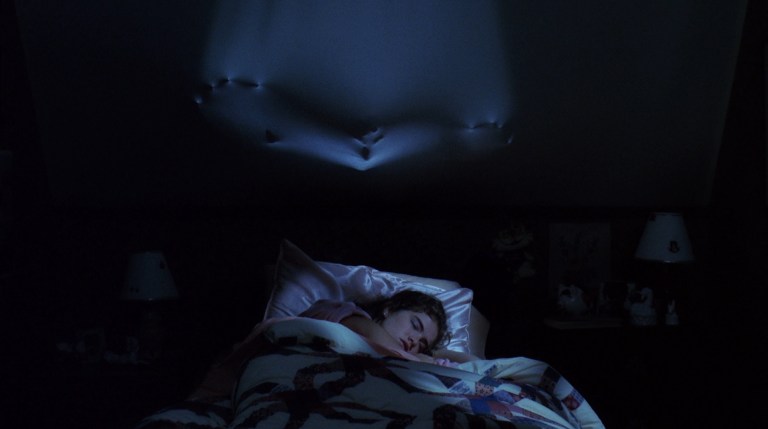
Wes Craven is one of horror’s most celebrated and influential filmmakers, but that distinction isn’t something he always sought.
Craven’s life before getting into horror involved a conservative upbringing and an academic background. He began his professional life teaching literature and humanities, but what he really wanted to do was make movies. Craven began his cinematic career in pornography, working behind the scenes while learning the craft of filmmaking. At the same time, he was establishing valuable connections within the film industry.
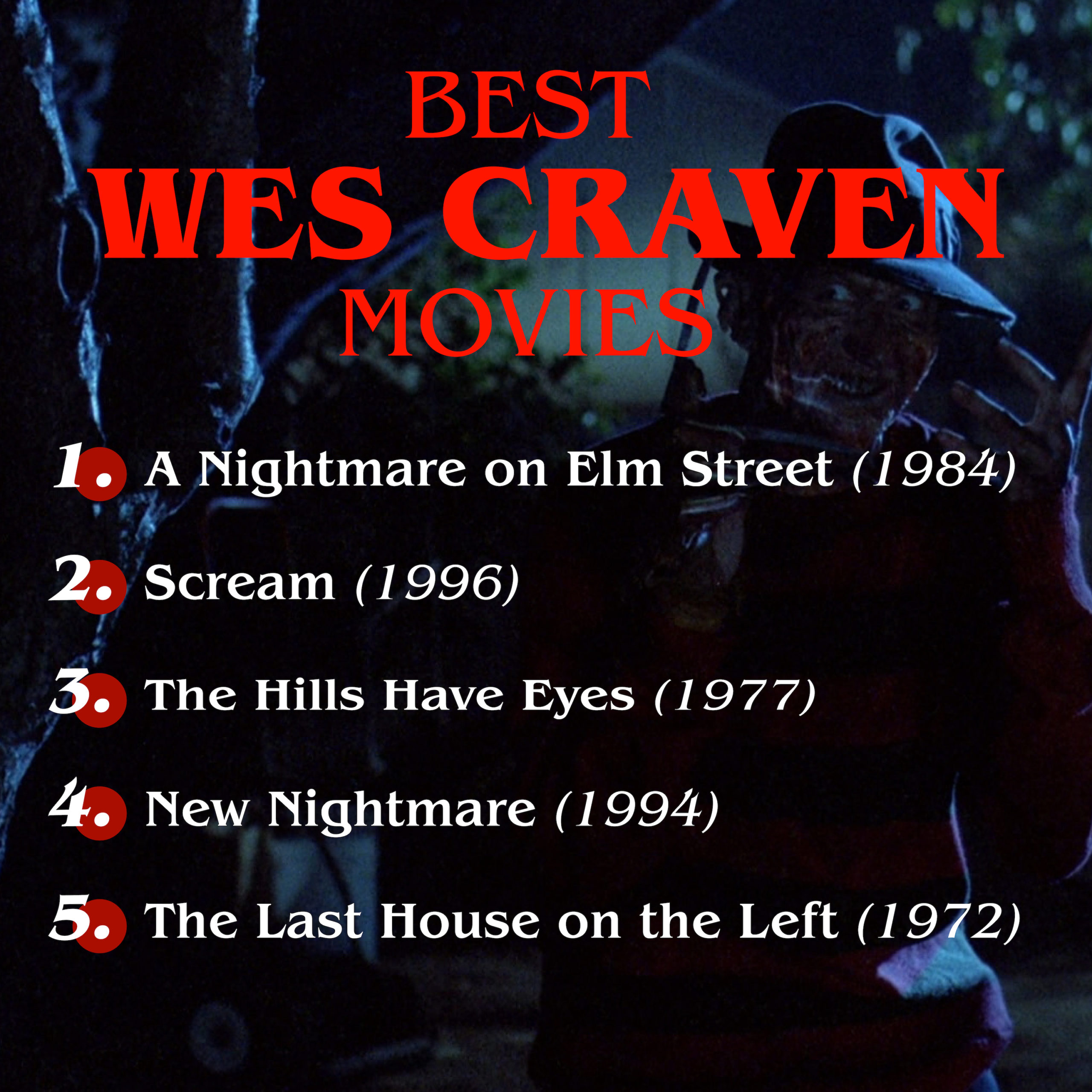

Craven worked under pseudonyms in the porn industry, such as Abe Snake when he directed The Fireworks Woman (1975). He then began to use his real name when breaking into horror with the infamous The Last House on the Left (1972). For better or worse, Craven’s early success with violent exploitation cinema pigeonholed him as a horror filmmaker.
Though Wes Craven appreciated his status as a master of horror, he often wanted to move beyond being just a horror filmmaker. It was a struggle that continued throughout his career. While he didn’t always get the chance to make the films he wanted, Craven always tried to incorporate deeper meanings into his movies. Recurring themes include religion, the nature of reality, the destruction of the American family, and more.
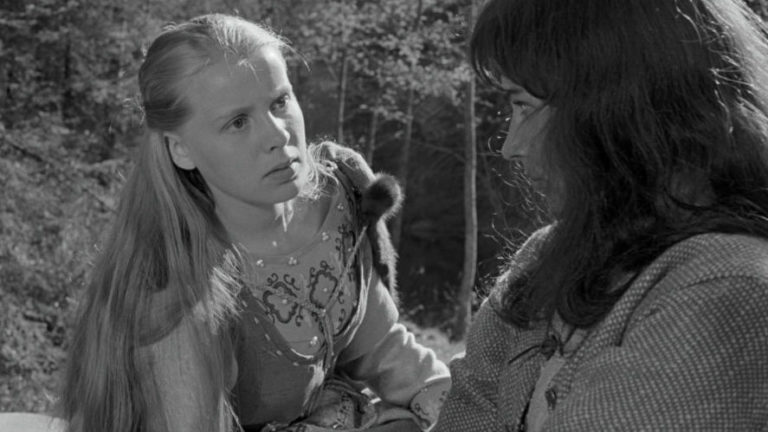
Perhaps it was Craven’s desire to move beyond horror that drove him to push against the boundaries of the genre and create some of horror’s most iconic films. Wes Craven passed away on August 30, 2015, but his legacy lives on through his body of work that continues to have an impact on filmmakers and fans. What follows below is a complete filmography of all of Wes Craven’s credited directorial efforts.
The Last House On The Left (1972)
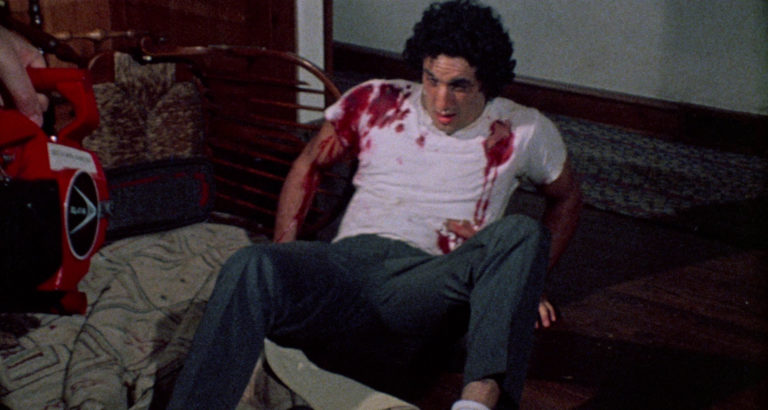
The Last House on the Left has the unique distinction of arguably being Wes Craven’s trashiest (in a good way) and most disturbing movie, while at the same time it’s the movie of his most directly influenced by what is more widely accepted as “serious” cinema. The film is a reimagining of Ingmar Bergman’s The Virgin Spring (1960), a story taking place in medieval Sweden in which a father gets revenge for the murder of his young daughter. The basic plot of The Last House on the Left is essentially the same, with a mother and father planning out brutal revenge on the people who killed their 17-year-old daughter.
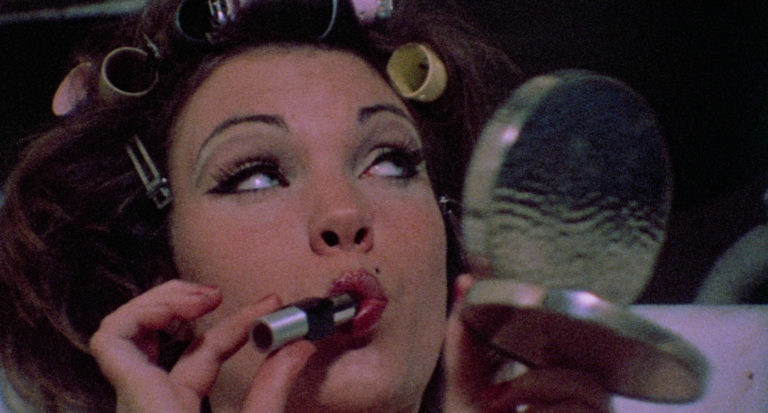
The Last House on the Left was written and directed by Wes Craven while he was still working in porn under a pseudonym. According to an interview in issue #17 of Fangoria, after meeting producer and director Sean S. Cunningham on the set of Together (1971), Craven and Cunningham were offered $90,000 by that film’s distributors to make a “knock-down, drag-out horror movie.” The Last House on the Left was the result, and it became something of a surprise hit thanks in no small part to the backlash against the film’s violence.
The movie’s shock value might not be as strong now as it once was, but it is still a highly entertaining exploitation movie with many of Craven’s hallmarks as a director (including dark comedy, an unflinching approach to violence, and themes involving the deconstruction of the family unit).
The Hills Have Eyes (1977)
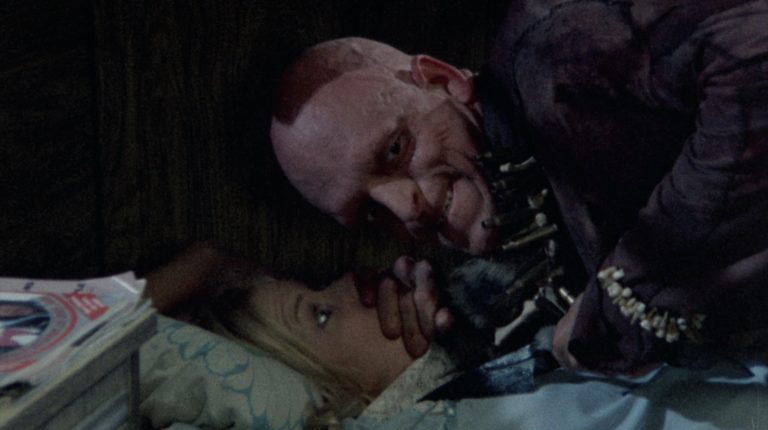
After The Last House on the Left, Wes Craven began writing and developing scripts for films outside of horror. Craven wanted to break away from what he saw as the limits of the genre, but with his name associated with one of the most notorious films of the previous few years, he didn’t have many realistic options. Craven decided to take an offer to write and direct another horror movie, and that movie would become The Hills Have Eyes.

The Hills Have Eyes is inspired by the legend of Sawney Bean. The legend tells of a clan of Scottish cannibals who were brutally tortured and executed for their crimes. Craven saw the parallels of brutality in the cannibals and the so-called “civilized” people who punished them, and he incorporated that duality into his story. The Hills Have Eyes is about a typical American family who are hunted by a family of cannibals after becoming stranded in the Nevada desert. The family attempts to turn the tables, thereby becoming arguably just as brutal as their attackers. The film became highly influential for its ability to blend a strong message along with some of the most tense and terrifying scenes in horror.
Stranger In Our House (1978)

The success of The Hills Have Eyes opened doors for Wes Craven. After moving to Los Angeles, be was offered the chance to direct a made-for-TV movie titled Stranger In Our House (also known as Summer of Fear). The film was the first he directed yet didn’t write, though he did make a number of adjustments to the script. It was also the first time Craven had worked with Hollywood stars.
Linda Blair stars as Rachel, a young woman whose family takes in her cousin after her cousin’s parents die in a car accident. The longer Rachel’s cousin stays in their house, the more trouble the family seems to have. Rachel begins to suspect her cousin practices witchcraft, but is she just overreacting? The movie is an entertaining slow burn, building up to a fun finale when everything is finally revealed. It is notably less violent than Craven’s previous films, and it relies more on the psychological tension that Craven would seek to perfect as his career developed.
Deadly Blessing (1981)
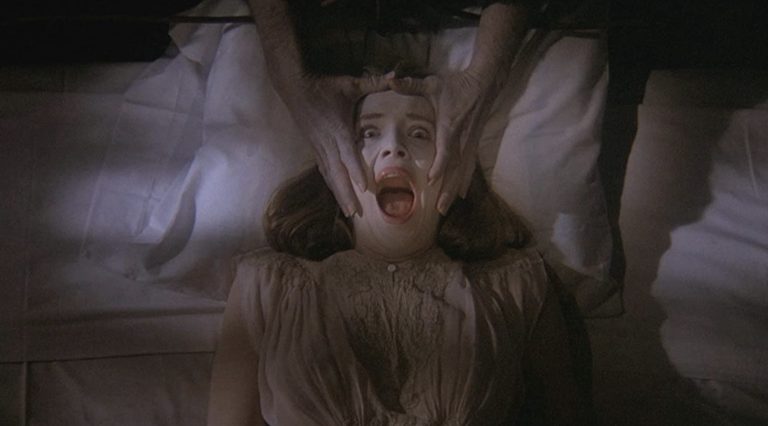
While waiting for his next film to begin production, Wes Craven did a rewrite on the script for Deadly Blessing as a favor for a friend. Craven wasn’t initially attached to direct the film, but he decided to take it on when his next movie became stuck in pre-production. Though he didn’t come up with the initial story for Deadly Blessing, Wes Craven’s touches can be clearly seen throughout.
Deadly Blessing is about Martha Schmidt (Maren Jensen), a woman whose husband is murdered by an unknown assailant. Martha’s husband was formerly a member of the fundamentalist religious group known as Hittites, and his former family does not approve of Martha and her ways. Could they be involved in her husband’s death? The film is a blend of psychological horror and slasher, something that Craven would perfect just a few years later with A Nightmare on Elm Street (1984). In many ways, Deadly Blessing feels like a practice run for A Nightmare on Elm Street, complete with dream sequences, a questionable final scene, and images more or less reproduced for the later movie (including Nightmare’s famous bathtub scene).
Swamp Thing (1982)
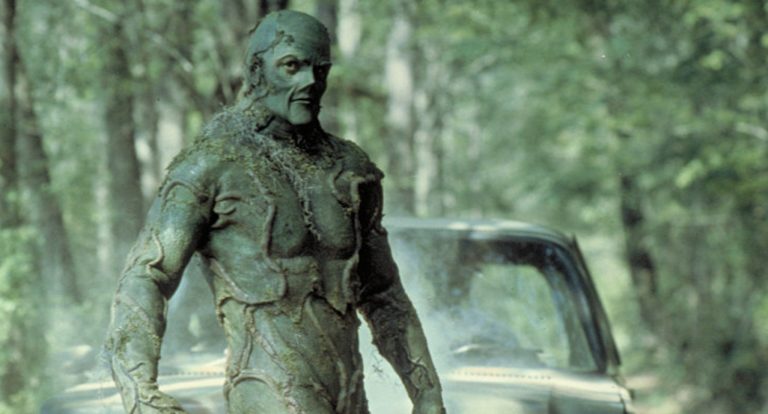
Swamp Thing marked Wes Craven’s first real opportunity to show what he could do as a writer and director of a bigger-budget film outside the horror genre. Sure, Swamp Thing brushes up against horror in that it’s essentially a kind of monster movie, but it’s also a PG-rated film that emphasizes fun and action over anything resembling a scare.
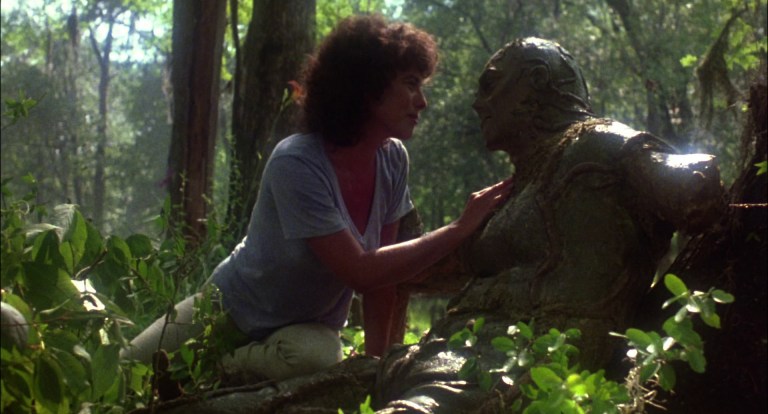
Swamp Thing is based on the comic book series of the same name published in the 1970s by DC Comics. The story involves scientist Alec Holland (Ray Wise) who is transformed into a swamp monster due to interference from Anton Arcane (Louis Jourdan), a ruthless man who wants the Holland’s work for himself. The movie is campy fun, and it features genre-film greats Adrienne Barbeau and David Hess.
Invitation To Hell (1984)
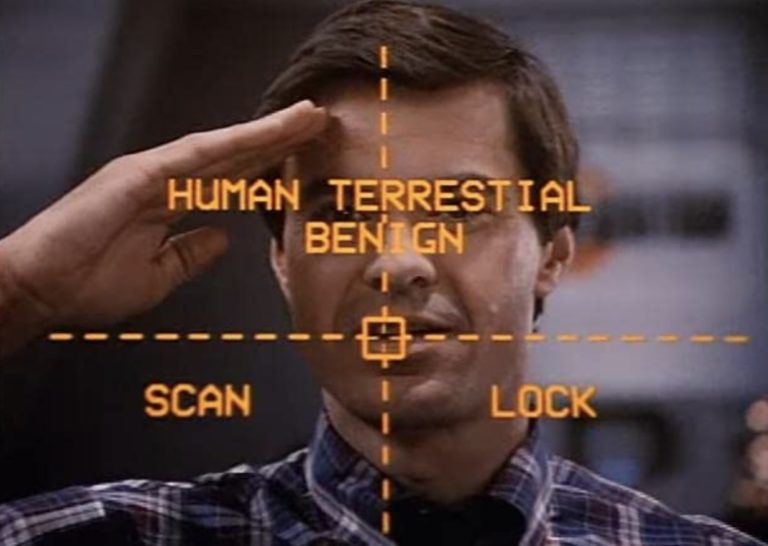
1984 was a busy year for Wes Craven. After completing Swamp Thing, Craven began writing a script that would become A Nightmare on Elm Street. While he was searching for someone to fund the picture, he agreed to make a sequel to The Hills Have Eyes. While that movie was still in production, Craven agreed to do his second made-for-TV movie, Invitation To Hell.
Invitation To Hell stars Robert Urich as Matt Winslow, the father in a stereotypical, upper-middle class American family who have moved to a new town. Matt’s new home and job appear to be ideal, but there is a dark secret behind the town and its oddly perfect country club which everyone seems to be a member of. Craven didn’t write the script, but it definitely fits into his preferred style of movie. Most obviously, it features a family in distress whose fractures reflect the breakdown of the “ideal” American family. The finale of the movie comes across as somewhat campy given its budgetary limitations, but Invitation To Hell is still an entertaining mid-80s thriller.
A Nightmare On Elm Street (1984)
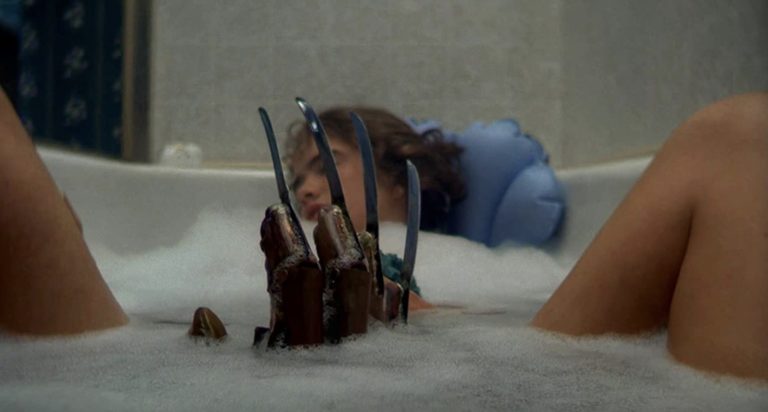
A Nightmare on Elm Street is the first film that Wes Craven wrote on his own without being paid to make something at the request of someone else. It represents Craven’s desire to create something new and different in an industry where mainstream horror was beginning to lose favor with audiences. In fact, in interviews from the time, Craven was often reluctant to call A Nightmare on Elm Street a horror movie at all. He referred to it as an “impressionistic thriller” in issue #49 of Fangoria, distancing himself from the public’s perception of him as only a horror director.
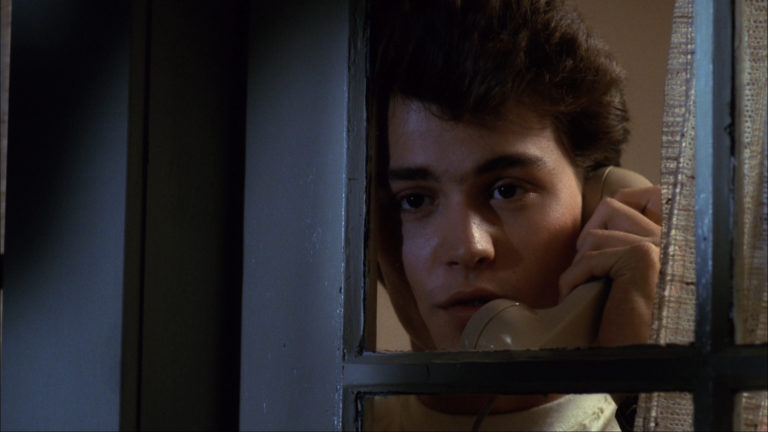
Though most people do consider A Nightmare on Elm Street to fall within the subgenre of slasher movies, Craven does have a point. The movie has some of the most fantastic murder sequences ever put to film, but the repeated emphasis on quiet, dream-like moments is just as impactful. Plus, Freddy Krueger is like no other slasher villain that had come before him. While most famous killers in slasher movies tended to be silent, masked killing machines, Freddy takes great joy in taunting and tormenting his victims.
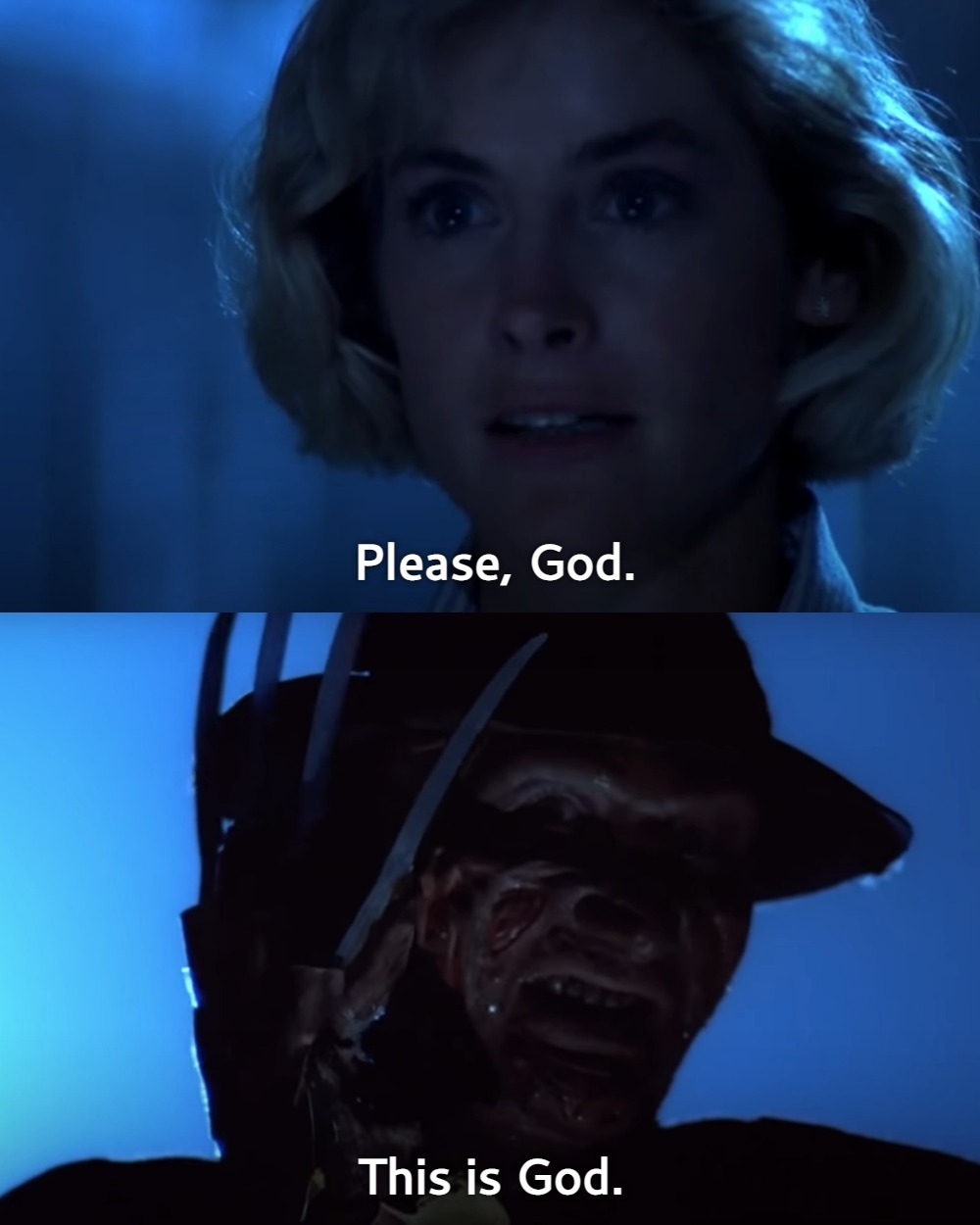
It took time for Wes Craven to finally get A Nightmare on Elm Street on the big screen because the major studios he pitched it to weren’t interested. Eventually, independent studio New Line Cinema took a chance and funded the film, leading to what is arguably Craven’s finest picture. The film was a resounding success, which Craven hoped would open up even more paths in his filmmaking career.
The Hills Have Eyes Part II (1984)
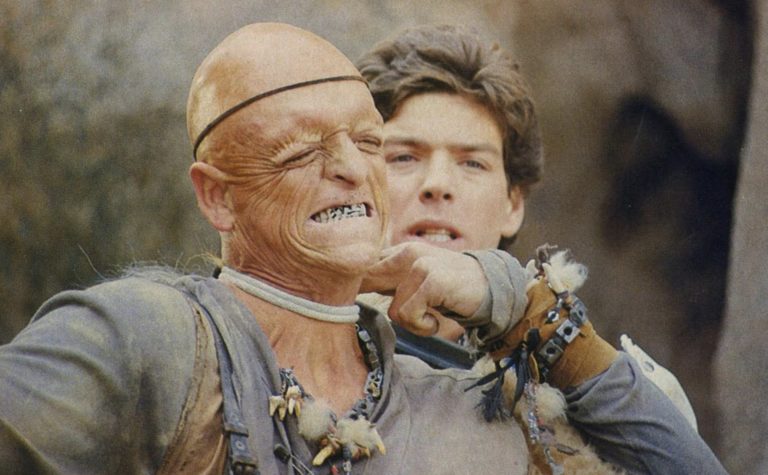
Wes Craven was initially hesitant to make this sequel, but having not worked for a while after Swamp Thing, he decided to take on the film as little more than a payday. The situation wasn’t entirely ideal for Craven. As he recounts in the January 1986 issue of Fangoria, money for The Hills Have Eyes Part II ran out before the film was fully shot. Rather than raise more money and continue production, the producers decided to just go with what was already shot and release it in what Craven considered an unfinished form.
Production for The Hills Have Eyes Part II began before Invitation to Hell, but it was released in the United States close to a year after A Nightmare on Elm Street. The film has a plot structure that feels a lot like any other generic slasher, and the uncomfortable examination of brutality from the original is all but absent. The movie does indeed feel unfinished, with multiple flashbacks using generous portions of the original film to pad out its runtime. The flashbacks get somewhat tedious and even a bit ridiculous. At one point, a dog has a flashback. The movie is fun enough, but even Wes Craven wasn’t very happy with it.
Chiller (1985)
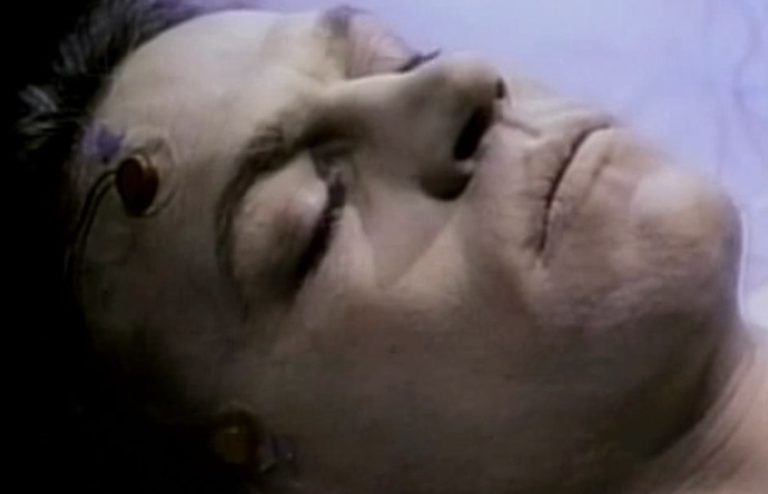
Wes Craven returned to television with the made-for-TV movie Chiller. The movie stars Michael Beck as Miles Creighton, a wealthy businessman who was on the brink of death before being cryogenically frozen. Ten years later, Miles is brought back to life, but something is wrong. Miles’s personality is different, and he begins to treat all the people around him with violent disdain, sometimes with fatal consequences.
The script for Chiller was written by J.D. Feigelson, but it contains certain aspects that likely drew Wes Craven to the project. For one thing, the movie is much more of a dramatic thriller than a horror movie. Craven was still trying to break away from horror, so this seems like a good step towards that goal. The film also has themes involving religion and spiritualism, something that Wes Craven is drawn to. The film itself is enjoyable for what it is, though it’s ultimately somewhat forgettable among Craven’s body of work.
Deadly Friend (1986)
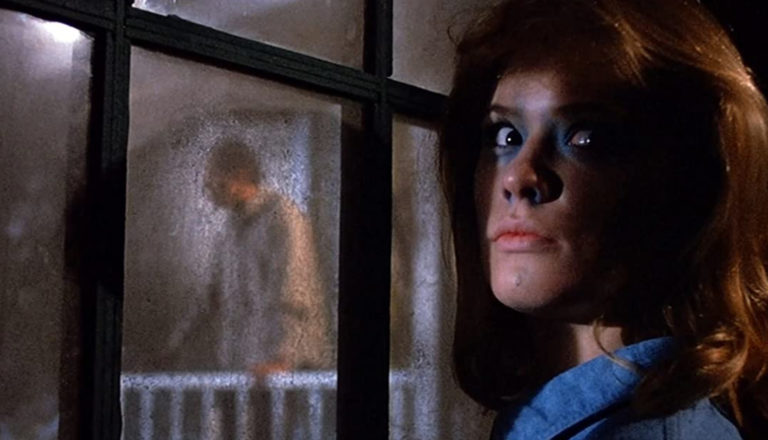
After the success of A Nightmare on Elm Street, Wes Craven began to receive offers from bigger studios. He also worked on projects outside of horror including episodes of the revived Twilight Zone television series and an episode for The Magical World of Disney titled “Casebusters.” It was around this time that Craven took a job from Warner Bros. as director of a film based on the novel Friend by Diana Henstell.
Craven described his take on the film as a macabre love story, but with Craven’s name attached, Warner Bros. wanted to market the film as horror. The title of the movie was changed from Friend to Deadly Friend, and Craven was strongly urged to shoot additional footage to increase the blood and violence after negative feedback from test screenings. What started out as a PG-13 sci-fi thriller with romance in its heart ended up being a tonally inconsistent R-rated horror movie.
Despite studio interference, Deadly Friend is a fun movie that has found a cult following since its less-than-stellar box office performance. The movie is about a young genius with who revives his girlfriend with artificial intelligence after she is killed by her abusive father. A 16-year-old Kristy Swanson plays the deadly (girl)friend with gusto, smashing heads and breaking necks with superhuman strength.
The Serpent And The Rainbow (1988)
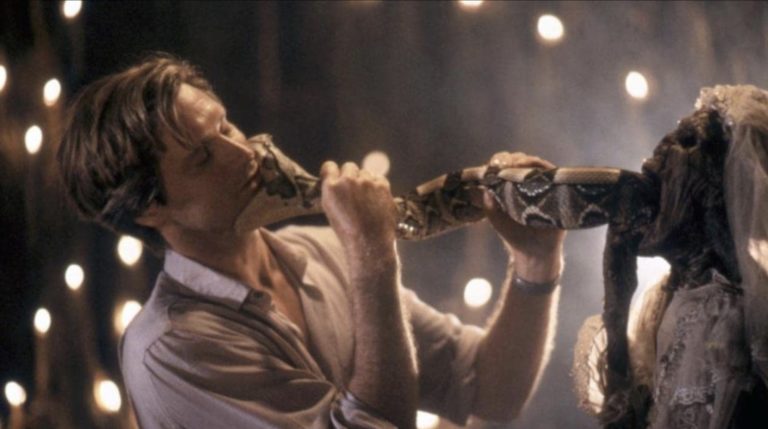
When Wes Craven read cultural anthropologist Wade Davis’s 1985 book The Serpent and the Rainbow, he signed on to direct a film adaptation before a script was even written. The book is about Davis’s trip to Haiti where he investigated the country’s Vodou practices and the real-life story of Clairvius Narcisse, a man who claimed to have turned into a zombie. Craven worked with writers to come up with a script turning Davis’s often clinical descriptions into a narrative movie, and the result is one of Craven’s most distinct and haunting films.
In The Serpent and the Rainbow, anthropologist Dennis Alan (Bill Pullman) is sent to Haiti by a pharmaceutical company to find the drug used in Vodou rituals. Alan finds himself in a country in the midst of a revolution, and the danger only increases when he becomes targeted by Vodou practitioners. The Serpent and the Rainbow allowed Wes Craven to show of is talent for creating beautiful and terrifying imagery while approaching religious practices in a serious way.
Shocker (1989)
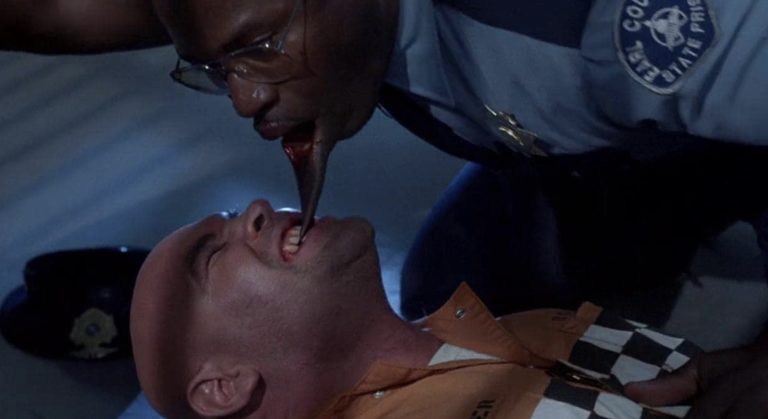
Wes Craven returned to the slasher genre in 1989 with the incredibly fun sci-fi/fantasy horror film Shocker. The movie stars Mitch Pileggi as Horace Pinker, a ruthless serial killer who manages to beat the electric chair by becoming pure electricity. Pinker is then able to continue his rampage of death by flowing through electrical lines and possessing his victims.
Shocker came about when Wes Craven was offered the opportunity to create a new horror franchise with complete creative freedom. Craven’s contract for the original A Nightmare on Elm Street was such that it left him out of any potential earnings for the continued use of his story and characters. Understandably, he was eager to challenge Freddy Krueger’s box-office dominance with a brand-new killer and a rock-solid contract. Though Shocker unfortunately never led to any sequels, it’s an outlandish standout in the slasher subgenre.
Night Visions (1990)

Wes Craven’s final made-for-TV movie as director (which he also co-wrote), Night Visions, is a supernatural thriller about a rebellious cop paired with a naïve young psychopathologist who has psychic tendencies. The pair are thrown together to track down a serial killer, and their investigation takes a dangerous turn as one of them gets drawn closer to the murderer.
Night Visions is a surprisingly entertaining TV movie. It feels pretty campy and very clichéd at first, but once the movie’s dark dream sequence kicks in (a Wes Craven staple), the movie becomes much more interesting. Craven seemed at least moderately pleased with Night Visions, saying it is a “good-looking picture for a television budget” in issue #109 of Fangoria. The budget limitations are obvious, but there is enough darkness and humor to make Night Visions worthy of seeking out for fans of Wes Craven.
The People Under The Stairs (1991)
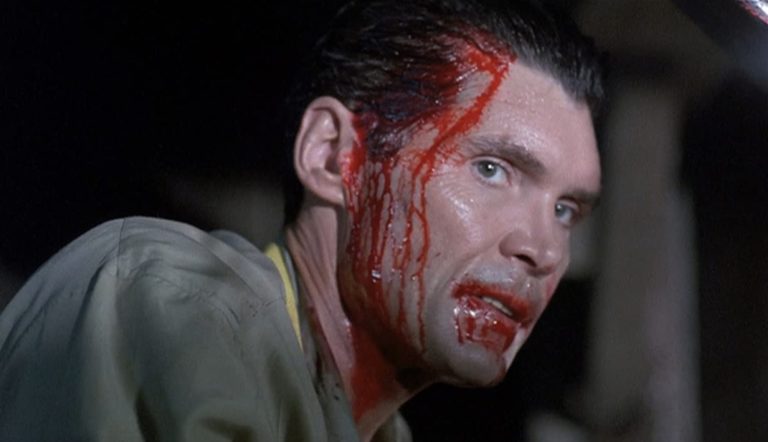
By the time he started working on The People Under The Stairs, writer/director Wes Craven had come to accept his position within the film industry. While he was still interested in doing things outside of the horror genre, he enjoyed making horror movies, and he was really good at it. He also understood that movie studios would give him vastly more creative freedom and autonomy within the horror genre, and that was a huge draw for him. With that in mind, Craven was able to bring a movie to life he’d been thinking about for years.

The People Under The Stairs is inspired by an article Wes Craven read in 1978 about a seemingly normal husband and wife who kept their children locked inside their home for their entire lives. The movie tells the story of a young boy who goes along with burglars to rob a house, only to find a deranged couple who have locked their children in the basement. The movie gets bizarre to the point of comedy, but there is still an underlying thread of fear and social commentary. There’s also a fair amount of blood and violence, though the action often feels more stylized than many of his more violent films.
New Nightmare (1994)
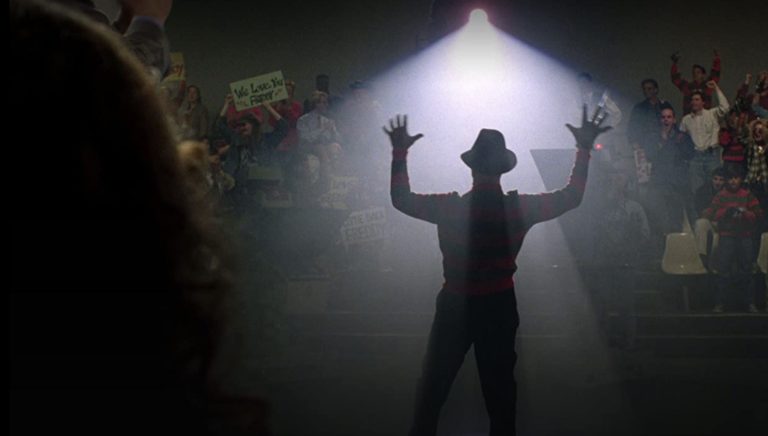
Even tough Freddy Krueger had been killed off for what was supposed to be the final time in Freddy’s Dead: The Final Nightmare (1991), production company New Line Cinema wanted another Nightmare movie. Wes Craven had wanted to return to the characters he created for a long time, so he put past animosity towards New Line aside when given the chance to portray Freddy in a way closer to what he’d originally envisioned.
Wes Craven’s New Nightmare is a very meta movie about the Freddy Krueger character coming out of the realm of fiction and into the real world. The star of the original film, Heather Langenkamp, stars as a fictionalized version of herself as she is drawn back into the Nightmare franchise to once again play Nancy. Heather and her family begin to experience odd occurrences including bad dreams and menacing phone calls, and it seems as if Freddy might not be as fictional as she once thought.
New Nightmare is a great movie that explores the effect horror movies have on the people who make them, and it’s also a fun horror movie that gives audiences a completely new look at Freddy Krueger. This Freddy is dark and scary once again, something fans hadn’t seen for a very long time. The movie also acts as a great homage for longtime fans of the original, with many classic scenes revisited in new ways. Wes Craven and producer Robert Shaye have cameos as themselves, as do stars of the previous films including Robert Englund, John Saxon, and a few others.
Vampire in Brooklyn (1995)
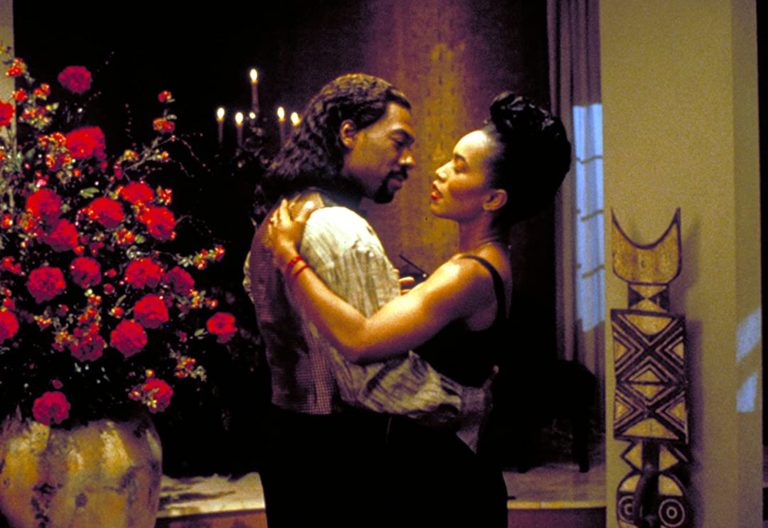
Vampire in Brooklyn is a horror comedy starring Eddie Murphy as Maximillian, a Caribbean vampire who journeys to Brooklyn to locate a half-vampire named Rita (Angela Bassett) who doesn’t know of her vampiric lineage. The movie was written by Eddie Murphy along with his brother Charlie Murphy and their half-brother Vernon Lynch. Charlie Murphy has stated in interviews that the original idea was to make a straightforward horror movie, but with Eddie Murphy attached, producers wanted comedy.
Wes Craven was interested in doing a comedy, so Vampire in Brooklyn seemed like a good fit for him. Later interviews indicated there was some push and pull from what the Murphy brothers wanted to do and what the studio wanted the movie to be, but Craven did a nice job of finding a middle ground between horror and comedy. Once again in his career, Wes Craven was forced to juggle differing visions, but he ended up making one of his more underrated movies.
Scream (1996)

The 1990s saw a wave of exciting new filmmakers who were writing scripts that breathed new life into the world of genre films. Among the hottest writers in the mid-90s was Kevin Williamson, and that all started with his screenplay for Scream. The script was the subject of a bidding war in Hollywood won by Miramax. Wes Craven initially turned down the offer to direct another slasher film, but he changed his mind after reading the script.
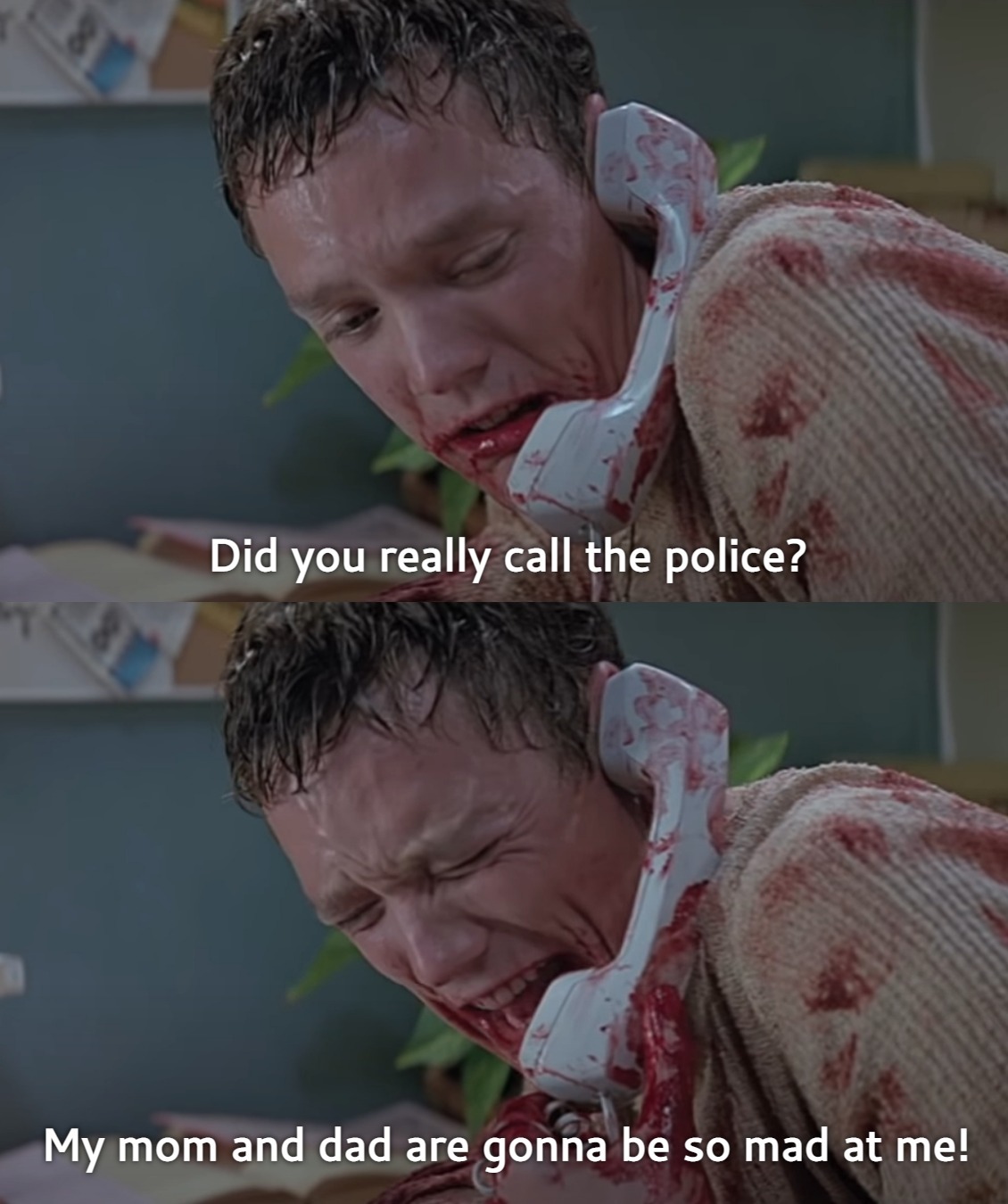
Scream is a self-aware slasher movie that plays with the subgenre’s conventions in both subtle and overt ways. It’s far from a spoof or parody though. It tells the story of Sidney Prescott (Neve Campbell), a teenager who becomes the focus of a serial killer when her classmates and friends begin dying in ways reminiscent of classic slasher movies. Though Williamson admits he teetered between more comedy or horror when writing, he and Craven ultimately decided to take the horror seriously while allowing the comedy to flow in organically through the characters’ personalities.
With Scream, Wes Craven once again changed the course of mainstream horror. The film ushered in a wave of teen horror movies throughout the rest of the decade and into the next, and horror in general became more self-aware. The success of Scream led to multiple sequels and a television series, and the first movie in the series easily ranks among Craven’s finest films.
Scream 2 (1997)
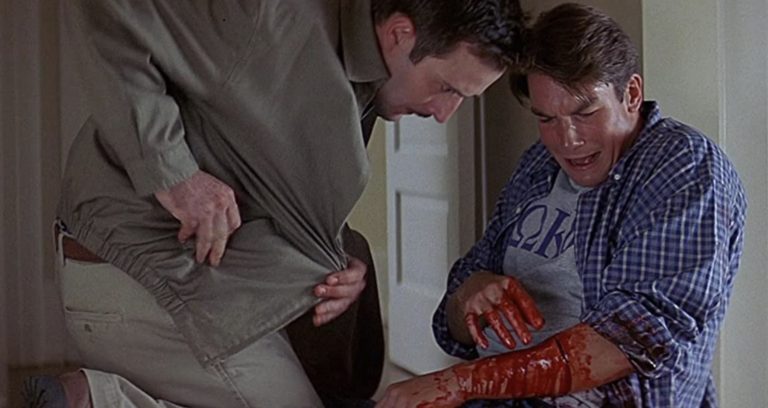
Kevin Williamson already had ideas for sequels to Scream buy the time the script for the original was bought. It’s good that he had a head start, because Scream 2 went into production just a few months after Scream. Wes Craven returned to direct, and he helmed a fast-paced production where he had to fill in gaps in the script due to rewrites being in preliminary stages. Craven and Williamson were both happy with the finished film though.
Scream 2 picks up Sidney Prescott’s (Neve Campbell) story as a college student. Scream‘s signature meta layer is increased in this sequel, with a movie based on the deaths of Sidney’s friends causing her distress. On top of that, people around Sidney once again begin dying in gruesome ways. Scream 2 lays out the rules for horror sequels, and it plays around with them in much the same way as the original Scream does.
Scream 2 is a solid follow-up, delivering that same loving treatment of the horror genre with wit and blood. Of course, it couldn’t feel as fresh as the original, but it’s a great sequel that manages to have a few surprises even for the savviest horror aficionados.
Music Of The Heart (1999)
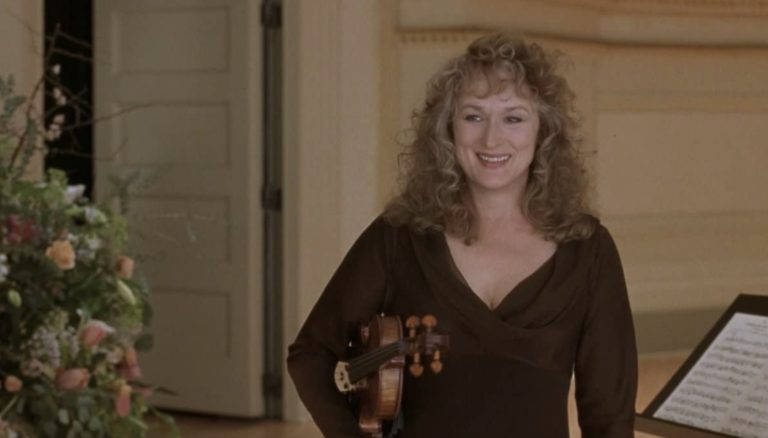
The success of Scream led Wes Craven to something he’d been striving for throughout most of his career. Finally, he had the chance to direct a movie completely outside the horror and thriller genres. Music of the Heart is inspired by the documentary Small Wonders (1995) which tells the true story of Roberta Guaspari. In Craven’s film, Meryl Streep plays Guaspari, a musician who teaches violin to underprivileged students in East Harlem.
It’s an uplifting film even if it does feel fairly familiar. Despite an Academy Award nomination for Meryl Streep, critical success unfortunately didn’t translate into box office success. Music of the Heart would be Craven’s first and last time directing a drama like this. Regardless, in issue #189 of Fangoria Craven called the making of the film a “very pleasant experience.” The movie is, indeed, a pleasant experience for fans who seek it out.
Scream 3 (2000)

When Wes Craven signed on to direct the first Scream in 1996, he knew he’d be returning to the series. Kevin Williamson initially pitched the first film as the start of a franchise, and Craven had always thought of the story as a trilogy. So, at the time Scream 3 was in production, everyone involved assumed the third film would end Sidney Prescott’s (Neve Campbell) story.
In Scream 3, Sidney is drawn out of self-imposed seclusion when a new killer begins targeting people on the set of Stab 3, the movie-within-a-movie based on the Ghostface killer. Being busy with other projects, Kevin Williamson did not return to write the script for Scream 3. Williamson’s treatment was used as the basis for writer Ehren Kruger, and Wes Craven helped shape Kruger’s script into something that better matched the tone of the first two films. The movie might not quite live up to the standards set by parts one and two, but it’s still a fun and fitting finale for the series (if it had indeed been the end).
Cursed (2005)

The time between the releases of Scream 3 (2000) and Cursed (2005) is the longest directing gap in Wes Craven’s career. Production on Cursed started in 2002, but the movie wouldn’t hit theaters until February of 2005. Problems stemmed from one of Craven’s biggest frustrations throughout his career: studio interference.
Cursed was directed by Wes Craven and written by Kevin Williamson, and it was supposed to impact werewolf movies like how Scream impacted slashers. Iconic special effects artist Rick Baker (An American Werewolf in London) was on board to create the creature effects, and everything seemed to be poised for success. The studio didn’t like what they saw eleven weeks into shooting though, and that began a two-and-a-half year ordeal of rewrites, reshoots, and various other changes. Craven spoke to Fangoria in 2005, commenting that he felt like Cursed was “eating up” his life.
In its finished form, Cursed stars Christina Ricci and Jesse Eisenberg as siblings who find themselves turning into werewolves after an encounter with a large beast in the woods. Many of the typical werewolf clichés are presented, and the film becomes something of a twisty whodunit since audiences don’t see anyone actually transform into a werewolf until towards the end of the movie. The movie isn’t bad, but it’s not great either. It relies heavily on computer-generated effects for the werewolves (Rick Baker dropped out of the film), and it ends up being just an okay movie with a few fun moments.
Red Eye (2005)
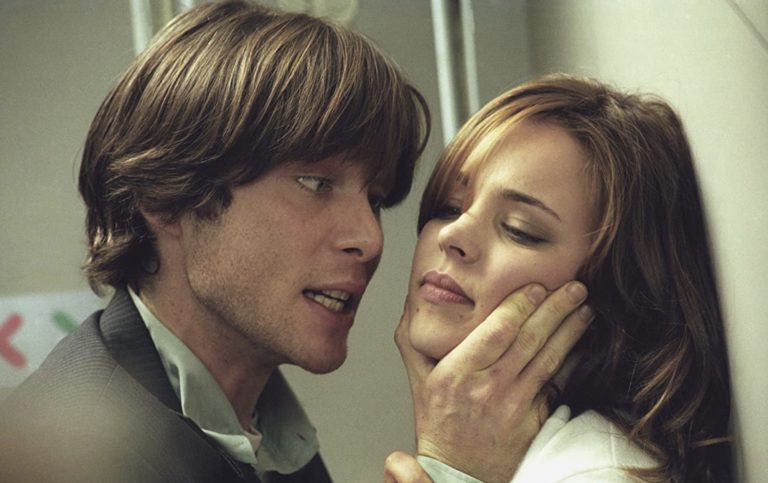
Wes Craven was exhausted after the fiasco of Cursed, and he initially didn’t even want to look at the script for Red Eye. Once he read it though, Craven was convinced that he wanted Red Eye to be his next film. For one thing, the script was unique and piqued Craven’s interest right away. Plus, the movie offered Craven a chance to make a thriller unrelated to anything horror or supernatural.
Red Eye is about the manager of a large hotel, Lisa (Rachel McAdams), as she is blackmailed into aiding an assassin, Jackson (Cillian Murphy), while on a late-night flight. A large portion of the movie takes place on the plane as Lisa and Jackson try to outsmart each other without giving themselves away to the rest of the passengers. While Wes Craven might be best known for striking visuals and violent horror, Red Eye‘s scenario gave the director a chance to show off the skills he has in creating incredible tension with a much more restrained approach.
Since Red Eye is outside of the horror genre, it often seems to be overlooked when talking about Craven’s best pictures. Though it may not rank in his top five, it is absolutely worth seeking out for fans who haven’t seen it. Murphy and McAdams give fantastic performances, the tension is great, and the finale explodes into something close to what people who have only seen his horror movies might be more accustomed to.
Paris Je T’aime (2006)
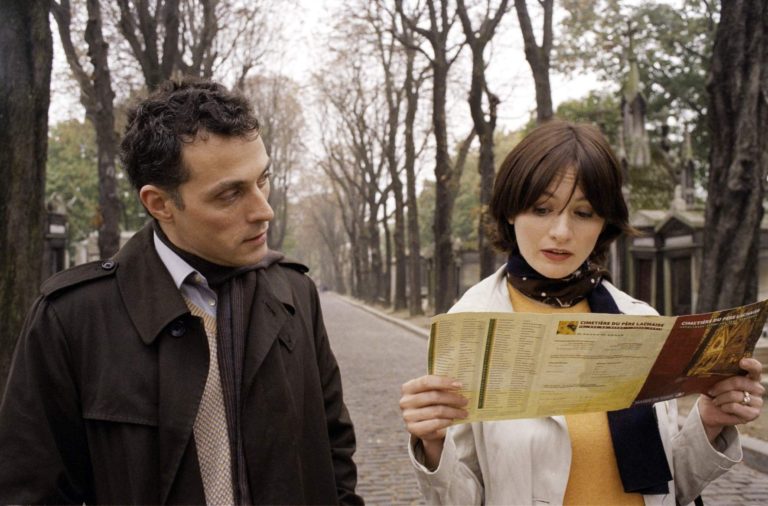
Paris Je T’amie is an anthology movie consisting of 18 self-contained short films, each written and directed by different filmmakers. The shorts take place in different districts within Paris, making the city itself the main character of the various stories. Wes Craven wrote and directed the segment taking place in Père Lachaise, one of the most famous cemeteries in the world. While a huge cemetery might seem like the perfect place for a director like Wes Craven to make a horror movie, Craven’s short film marks the only time he was ever given the chance to make a romantic comedy.
Emily Mortimer and Rufus Sewell star as a couple who visit Père Lachaise to look for a specific grave. They are scheduled to marry in a month, but their time in Paris may force them to rethink their life together. There is a mildly supernatural element to the short, but other than that, it is really unlike anything Craven had ever done before. It’s light and sweet, and it shows that Wes Craven’s talents and interests are broader than many people might give him credit for.
My Soul to Take (2010)
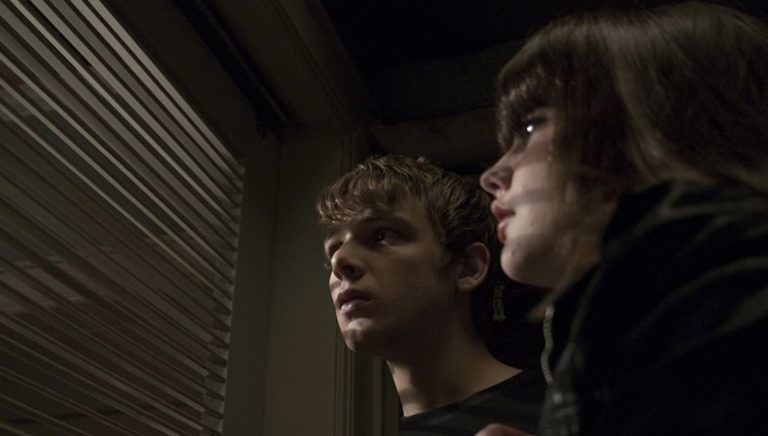
With My Soul to Take, Wes Craven created a film that was fairly personal for him. With that in mind, it’s not terribly surprising that the movie bears more than a passing resemblance to themes present in one of his other more personal projects, A Nightmare on Elm Street (1984). In My Soul to Take, a vicious killer with multiple personalities is thought to be killed after being apprehended by police. Sixteen years later, seven teenagers who were born on the night the killer was supposed have have died are now being killed off one by one.
My Soul to Take includes some of Wes Craven recurring themes, including ideas involving the mind and spirit as well as the sins of the parents affecting the next generation. The movie has an interesting premise and some effective scenes, but overall it probably doesn’t do enough to stand out from the wave of teen slasher movies that had just about run their course by 2010. The film didn’t capture enough interest from audiences which led to a disappointing box office run. Even so, fans of Wes Craven should give it a watch and judge for themselves.
Scream 4 (2011)
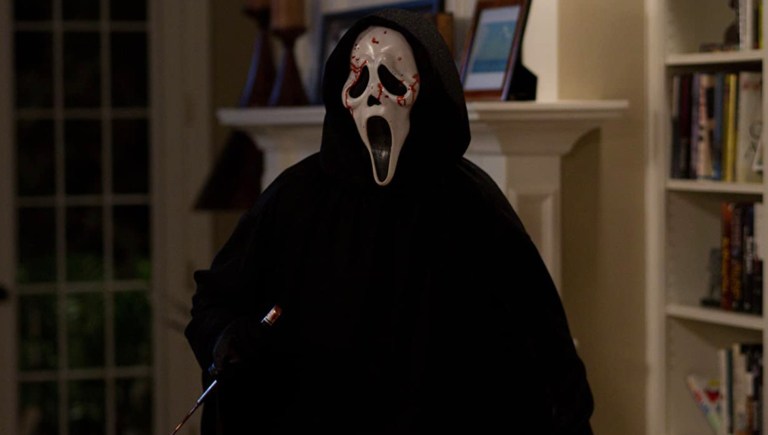
After a decade away from the series, director Wes Craven and writer Kevin Williamson returned to the Scream franchise once more with Scream 4. In the film, Sidney Prescott (Neve Campbell) returns to her hometown while on tour promoting a book she wrote about her experiences overcoming trauma. Sidney is forced to stay in town with her aunt and cousin after she is linked to a new series of Ghostface murders, and Sheriff Dewey (David Arquette) and Gale Weathers-Riley (Courteney Cox) each attempt to solve the murders in their own way.
With so much time between the third and fourth Scream films, Craven and Williamson had plenty of new developments in horror movies to poke fun at. At the top of that list was the seemingly endless stream of horror remakes that came out in the 2000s. Though Scream 4 is not a remake, many of its characters and scenes were created in ways that intentionally echo characters and scenes from the first Scream. Other contemporary elements skewered in the film are endless horror sequels, modern splatter movies (i.e. torture porn), invasive technology, and online streaming.
Scream 4 was Wes Craven’s final film as a director, and it would be difficult to pick a better movie for him to end his career on. With Scream 4 being a meta-almost-remake of 1996’s Scream, in a way it pays tribute to Craven’s own impact on the horror genre with humor, tension, and a good amount of blood. Craven’s impact would carry on beyond his own lifetime, not just with the Scream television series and further sequels, but with generations of filmmakers discovering his work and being inspired to push their own work beyond what is expected of them.
